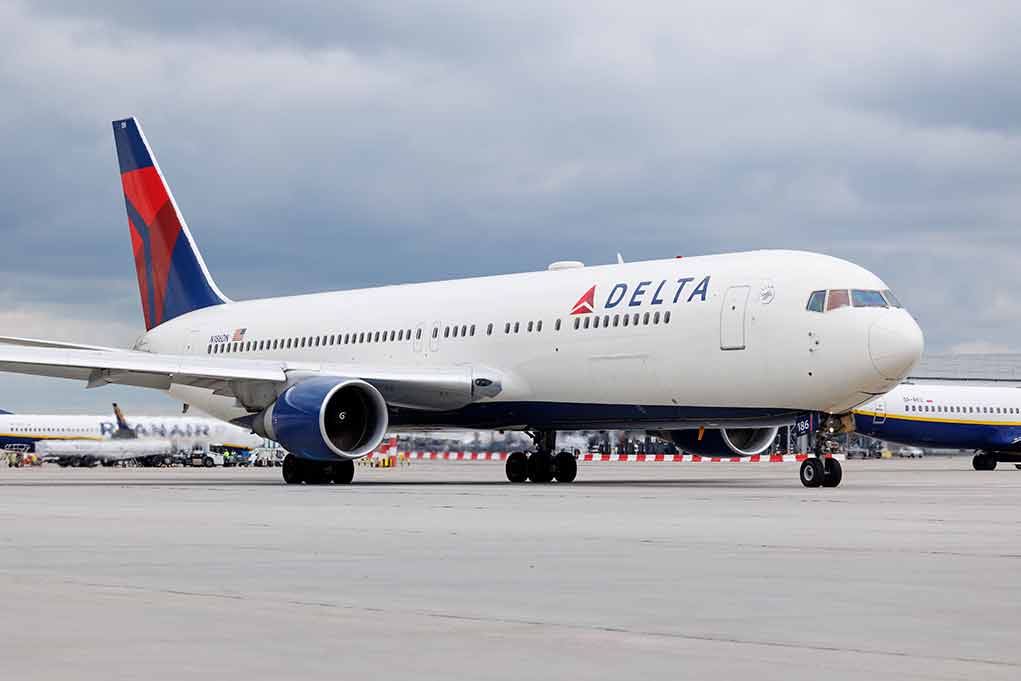
The Delta Airlines CRJ-900 crash at Toronto Pearson Airport brings a spotlight onto aviation safety management and challenges faced in severe weather conditions.
Key Takeaways
- Delta flight crashed and flipped upside down at Toronto’s Pearson Airport due to severe weather.
- No fatalities occurred; 18 passengers injured, three critically.
- Investigation by the Transportation Safety Board of Canada underway.
- Incident highlights need to modernize aviation safety practices.
- Delta’s response team and CEO involved in response and cooperation with investigation.
Weather Conditions and Crash Dynamics
The CRJ-900 aircraft, operated by Delta’s subsidiary Endeavor Air, was en route from Minneapolis/St. Paul International Airport when it encountered severe weather conditions. As the plane attempted to land amid high winds reaching up to 40 mph and drifting snow, it flipped upside down, skidded along the runway, and came to a halt with its right wing missing. The fuselage remained intact, but the tail and other wing were sheared off, testifying to the harsh landing conditions.
In the immediate moments after the crash, passengers were left hanging upside down inside the cabin, with jet fuel leaking down the windows—a stark reminder of the dangers involved. One passenger, Pete Carlson, vividly described the terrifying experience, noting the rapid transition from landing anticipation to being inverted.
Emergency Response and Immediate Aftermath
Emergency responders demonstrated remarkable efficiency by arriving at the scene within minutes. They promptly evacuated all 80 passengers, triaging the injured and transporting them to nearby hospitals. Fortunately, no fatalities occurred, although 18 people sustained injuries, three of which were critical. Some have since been released after receiving treatment.
Delta Airlines quickly deployed its incident response team, including CEO Jim Graham, to support efforts on the ground. Additionally, the Transportation Safety Board of Canada has initiated an in-depth investigation to determine the cause of the crash, focusing on questions surrounding the missing right wing and whether it contributed to the accident.
The Path Forward for Aviation Safety
With this crash at Toronto Pearson being the fourth major aviation disaster in North America within a month, it adds urgency to the conversation around modernizing air safety management. While the CRJ-900 is known for its reliability, as noted by aviation expert Cox, the flip underscored unique dangers faced during operations in adverse weather.
The crash underscores the necessity for revisiting safety protocols and perhaps enhancing airport infrastructure to adapt to increasingly volatile weather conditions. In the wake of this event, promises from political leaders to review air traffic control systems and better prepare for similar situations in the future are cause for reflection among policymakers and industry leaders.
Sources:
- Delta up-side-down plane crash at Toronto airport marks North America’s 4th major aviation disaster in a month | Fox News
- Delta jet flips upside down on a snowy Toronto runway and all 80 aboard survive | AP News
- A Delta Plane Crashes in Toronto, but Tragedy Is Averted – The New York Times











